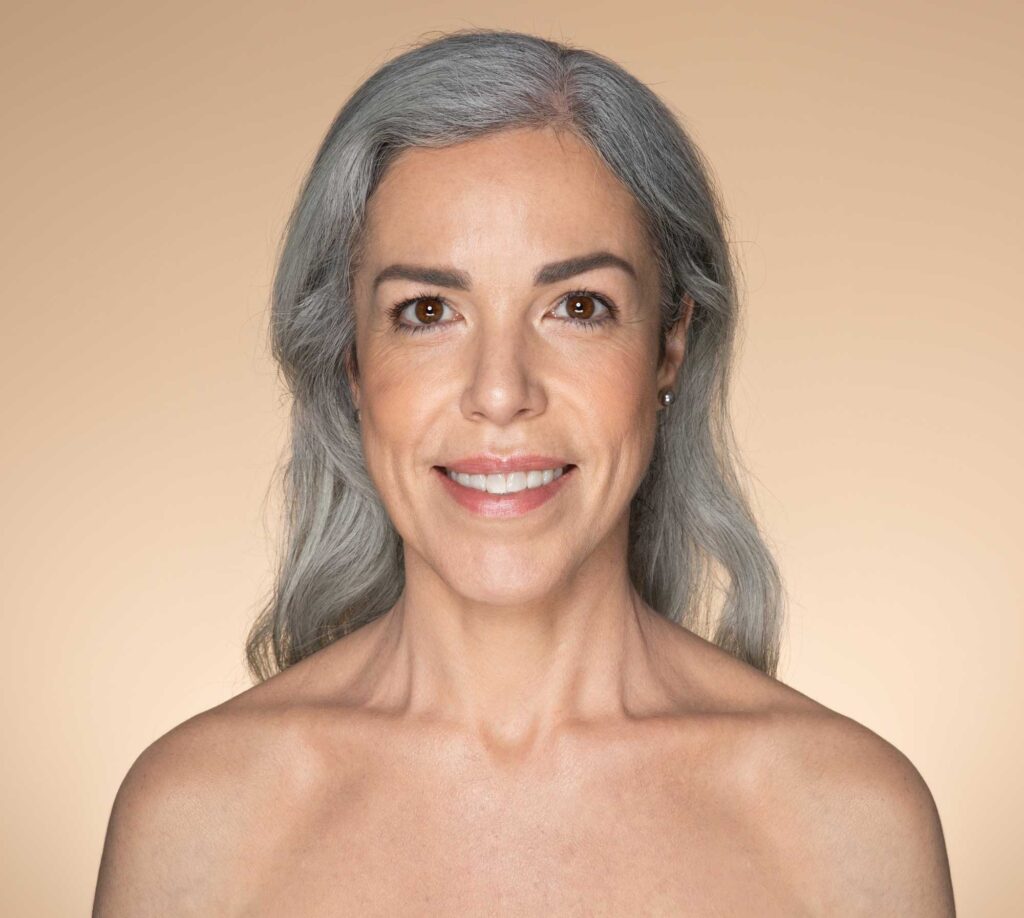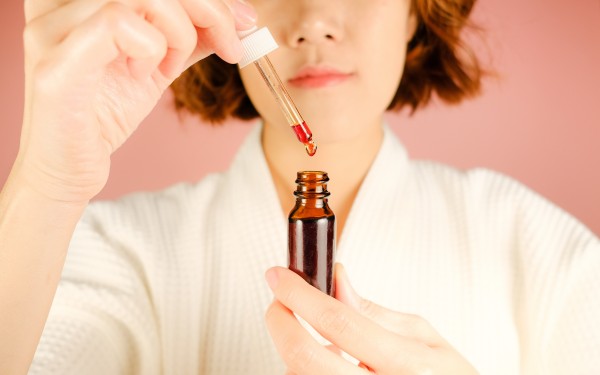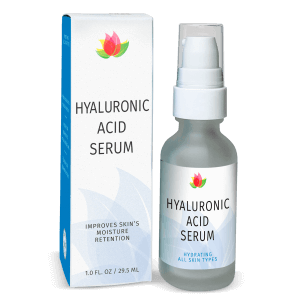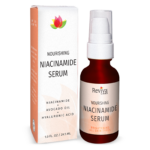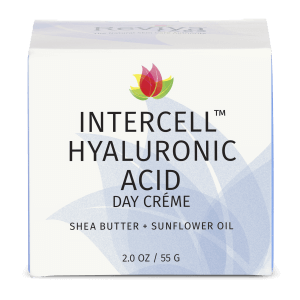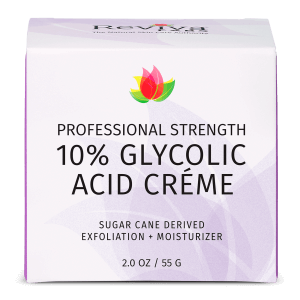Clean Beauty, Skin Care
Crepey Skin vs. Wrinkles
It starts subtly. One day your skin just feels a little looser, a little thinner. Then you catch a glimpse in the mirror – those fine lines aren’t just lines anymore. They’re forming a texture that reminds you of crepe paper with its fragile, crinkled appearance. Hence it’s name – crepey skin.
Research published in the Journal of Clinical and Aesthetic Dermatology reports that the dermis loses approximately 20% of its thickness with age, largely due to collagen loss. That loss contributes directly to the appearance of crepey skin. But thickness isn’t the only factor at play.
What exactly is crepey skin?
Crepey skin is thin, sagging, and finely wrinkled. It often shows up under the eyes, on the upper arms, neck, and above the knees – places where skin is already more delicate. While it often gets lumped in with wrinkles, it’s not quite the same. Wrinkles tend to be deeper and more localized. Crepey skin spreads out. It feels fragile. And it tends to move and fold more like crepe paper than healthy skin.
What causes it?
The number one culprit – you guessed it – the sun. UV radiation is the most damaging external force to your skin’s structure. It degrades collagen and elastin – proteins that keep your skin firm and elastic. Without them, the skin loses its ability to bounce back.
Hormonal changes, especially during menopause, accelerate the process. Estrogen plays a role in maintaining skin thickness and elasticity. As estrogen levels drop, so does collagen. That’s why many people first notice crepey skin in their 40s and 50s.
Lifestyle factors also contribute to it. Smoking, dehydration, extreme weight loss, and poor sleep all chip away at your skin’s resilience. If you’re not protecting your skin daily or nourishing it consistently, crepey skin shows up faster and sticks around longer.
Is it only about age?
Nope. Crepey skin can appear in your 30s, especially if you’ve had significant sun exposure, rapid weight loss, or chronic dehydration. Age increases the likelihood, but environmental and lifestyle choices often play a bigger role than birthdays alone.
Can it be improved?
Yes. While we can’t stop aging, we can improve how our skin ages. Certain ingredients and practices can visibly reduce the look and feel of crepey skin – without aggressive treatments. Make sure the products in your daily skincare routine include:
Retinoids
This vitamin A derivative boosts skin cell turnover and encourages new collagen formation. Retinoids, including gentler versions like retinol, help thicken the skin and reduce surface lines. For crepey areas, it can restore bounce over time.
Peptides
Short chains of amino acids, peptides work like signals. They tell your skin to make more collagen and repair damage. Look for peptides in moisturizers and serums aimed at firming and rejuvenating mature skin.
Hyaluronic Acid
Hydration plays a key role in minimizing crepiness. Hyaluronic acid attracts water and locks it into the skin, instantly plumping and smoothing the surface. It’s especially effective when layered with moisturizers that help seal it in.
Alpha Hydroxy Acids (AHAs)
Glycolic and lactic acids exfoliate the skin, helping shed dead cells and promote renewal. Regular use can make skin appear smoother, more even-toned, and less fragile.
Vitamin C
This antioxidant brightens, supports collagen synthesis, and helps repair sun damage. It strengthens skin over time while improving its overall tone and texture. Pair it with sunscreen during the day for maximum impact.
Alpha Hydroxy Acids (AHAs)
Lactic acid and glycolic acid fall into this category. These acids exfoliate the top layer of skin, revealing a smoother texture and encouraging cell renewal. Over time, they can help fade discoloration and improve softness.
Squalane
Light, non-irritating, and incredibly hydrating, squalane mimics your skin’s natural oils. It softens dry patches and restores suppleness without clogging pores – ideal for delicate, crepey-prone areas.
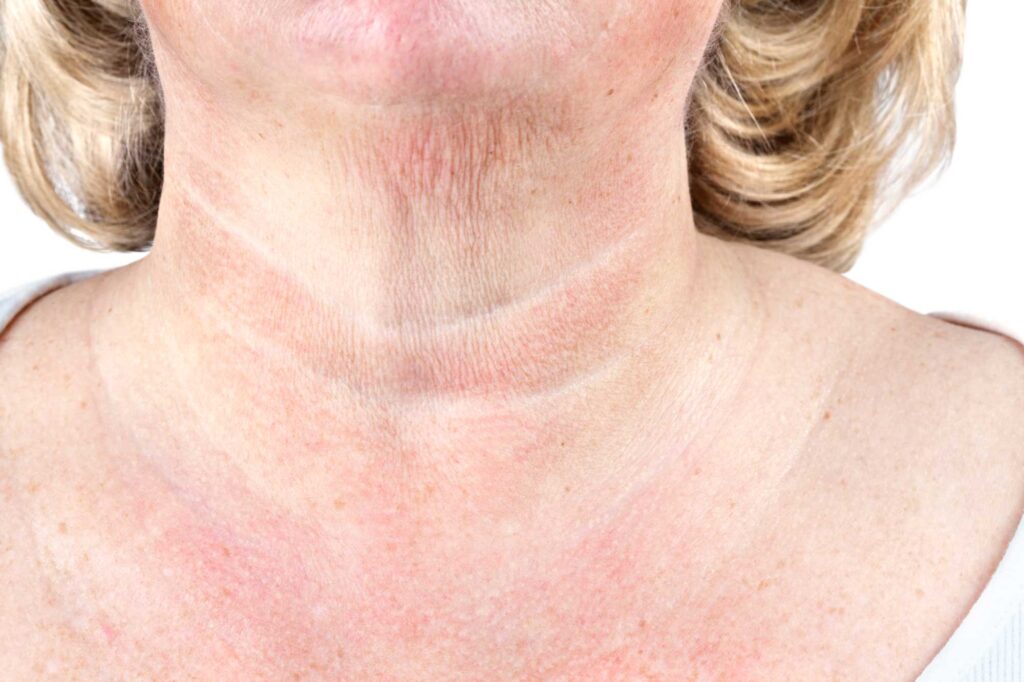
What about moisturizing?
It’s not optional. Hydrated skin moves better, looks fuller and shows fewer signs of damage. When you’re treating crepey skin, hydration should be layered: use a hydrating serum (like one with hyaluronic acid), a moisturizer with lipids or peptides, and then seal it all in with a rich balm or oil if your skin tends to be dry.
The magic of SPF
This is the closest thing to a non-negotiable. Sunscreen doesn’t just prevent more damage – it allows your current skincare efforts to actually work. UV rays actively break down collagen; so daily SPF is essential if you want to maintain progress.
Habits that support your skin
Sleep well. Eat a varied, nutrient-rich diet. Hydrate regularly. Avoid smoking. Limit alcohol. These aren’t just general health tips – they’re part of any solid plan to prevent and reduce crepey skin.
And move your body! Exercise boosts circulation, which supports healthier skin over time. One 2014 study published in *Aging Cell* found that people over 40 who exercised regularly had skin closer in composition to 20- and 30-year-olds.
Patience pays off
You won’t see dramatic results overnight. But with consistent care, skin can look firmer, smoother, and less fragile. Give your skin time to respond. And, more than anything, give it the right support.
Crepey skin doesn’t mean your glow is gone. With the right tools, it’s absolutely possible to restore softness, structure, and radiance – and feel more like yourself again.



